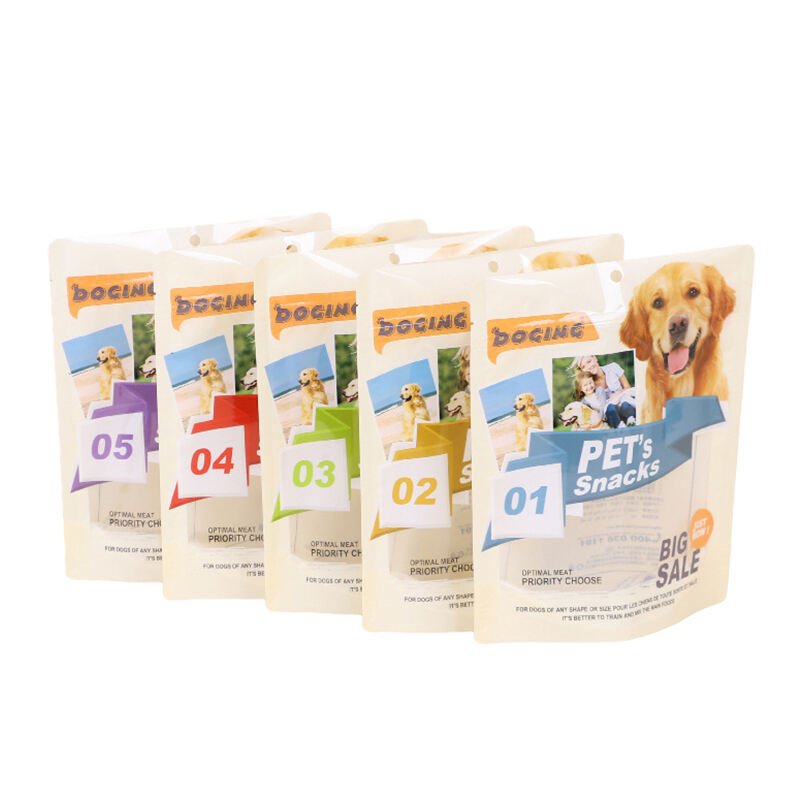A csomagolás a csomagolás vagy a csomagolás védelmének tudomány, művészete és technológiája Termékek szállítás, forgalmazás, tárolás, értékesítés és végfelhasználás céljából. A csomagolás a csomagolás tervezésének, értékelésének és gyártásának folyamatát is jelenti.
A csomagolás célja
Fizikai védelem: A csomagolásba befoglalt tárgyak védelmet igényelhetnek többek között mechanikus sokk, rezgés, elektrosztatikus áramú áramú áramú áramú áram, tömörítés, hőmérséklet stb. ellen.
Korlátvédelem : Gyakran szükség van oxigén, vízpára, por stb. elleni korlátra.
Átfolyás A permeáció kritikus tényező a tervezésben. Néhány csomag tartalmaz szárítóanyagot vagy oxigénelnyelőt, amely segíti a tartósítószerek eltarthatóságát. Egyes élelmiszercsomagolókban módosított vagy szabályozott légköreket is tartanak fenn. Az elsődleges feladat a tartalom tisztaságának, frissességének, steriliságának és a tervezett élettartamig tartó biztonságának biztosítása.
Tartósítás vagy agglomeráció : A kis tárgyakat általában hatékonyság érdekében egy csomagba csoportosítják. Például egy 100 tojásból álló doboz kevesebb fizikai kezelést igényel, mint 100 egy tojás.
Információ átadása : A csomagolás és a címke tájékoztatja a csomagolás vagy termék használatát, szállítását, újrahasznosítását, ártalmatlanítását. A gyógyszerek, élelmiszerek, orvosi és vegyi termékek esetében a kormányok bizonyos típusú információkat követelnek meg.
Marketing : A csomagolást a forgalmazók arra használhatják, hogy ösztönözzék a potenciális vásárlókat a termékek vásárlására. A csomagolás nemcsak a fogyasztók figyelmét vonzza, hanem segíthet a márka identitásának kialakításában és a tartós benyomás megteremtésében is. A formáknak, a grafikáknak és a színeknek nemcsak a megfelelő érzéseket kell közvetíteniük, hanem összeegyeztethetőnek kell lenniük a kiskereskedelmi terekkel, ahol megjelenik.
biztonság A csomagolás fontos szerepet játszhat a szállítás biztonsági kockázatainak csökkentésében. A csomagolások javított manipulációs ellenállással készülhetnek a manipuláció megakadályozására, és szintén manipuláció-nyilvánvaló jellemzőkkel rendelkeznek a manipuláció jelzésére. A csomagolások tartalmazhatnak hitelesítő pecséteket és biztonsági nyomtatást használhatnak annak jelzésére, hogy a csomag és a tartalom nem hamisított.
Kényelem : A csomagolások olyan jellemzőkkel rendelkeznek, amelyek megkönnyítik a terjesztést, a kezelést, a felhalmozást, a kiállítás, az értékesítés, a kinyitás, az újbóli bezárás, a felhasználás, a kiosztás és a újrafelhasználás.
Részesítés : Az egyszeri adag vagy egyszeri adagolás csomagolásai a felhasználás ellenőrzése érdekében pontosan meghatározott mennyiségű tartalommal rendelkeznek.
A csomagolás típusai
A csomagolást többféle típusra lehet tekinteni. A szállítási csomag vagy a forgalmazási csomag például a termék vagy a belső csomagok szállítására, tárolására és kezelésére használt szállító konténer. Egyesek úgy határozzák meg a fogyasztói csomagolást, mint olyan csomagolást, amely egy fogyasztó vagy háztartás felé irányul.
A csomagolást a csomagolt termék típusához viszonyítva lehet leírni, például orvosi eszközök csomagolása, nagy mennyiségű vegyi anyag csomagolása, vény nélküli gyógyszerek csomagolása, kiskereskedelmi forgalmazás Élelmiszercsomagolás , katonai csomagolási anyagok, gyógyszeres csomagolások stb.
A csomagolást az anyagból függően több típusba is lehet osztani:
Papír: A papír dobozok, zacskók, csomagolóanyagok, karton, csésze stb. formájában kerül felhasználásra. A papír használata előnye, hogy súlytalan, képes a felületre nyomtatni, és alacsony költségű. Ezenkívül a papírtermékek könnyen romlanak, amelyeket műtrágyák vagy újrahasznosított papír előállításához használnak, így a papírcsomagolás környezetbarát anyag.
Plasztik : Ez a leggyakoribb csomagolóanyag, de az egyik legnehezebb megsemmisíteni. A termék széles körben használják vonzó jellemzői miatt, amelyek közé tartozik a könnyű súlya és a viszonylag alacsonyabb költségek.
Fémek : Az üdítők, sörök és feldolgozott élelmiszerek tartályaként használt fémek, mint például alumínium dobozok. Az élelmiszerek csomagolására és borítására használt alumínium fóliát is népszerűnek tartják.
Üveg : Az üveg az egyik legjobb anyag a folyadékok és az élelmiszerek tárolására. Üveg Nem jutnak vegyi anyagok az élelmiszerekbe, ha felmelegítik, és végtelenül újrahasznosítható. De ez nehéz, mint néhány csomagolóanyag, ami nagyobb szállítási költséget jelent.

